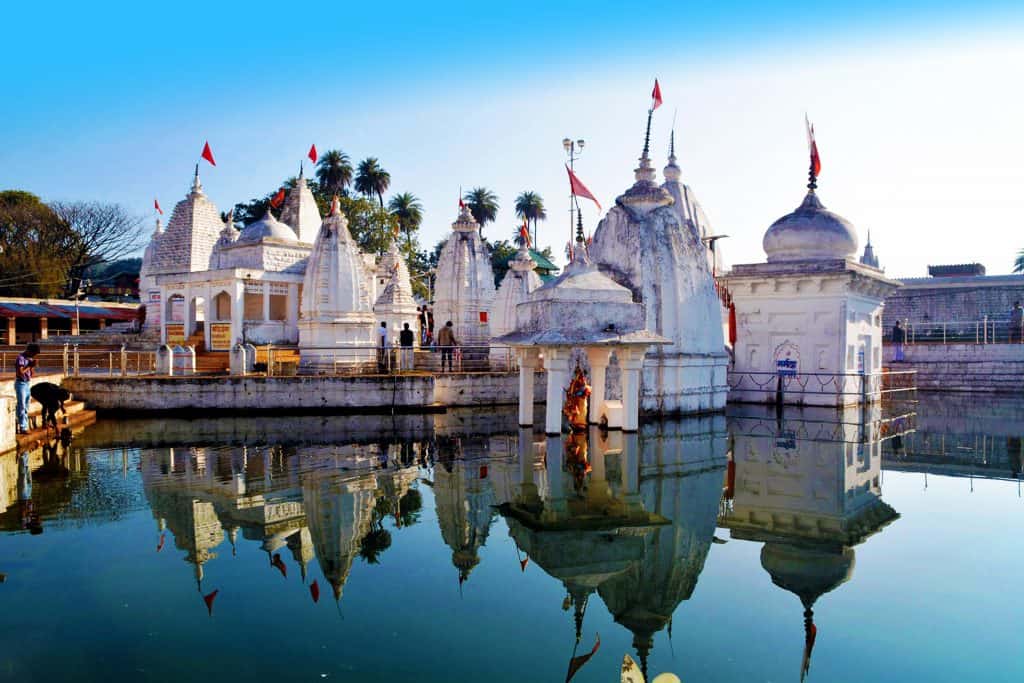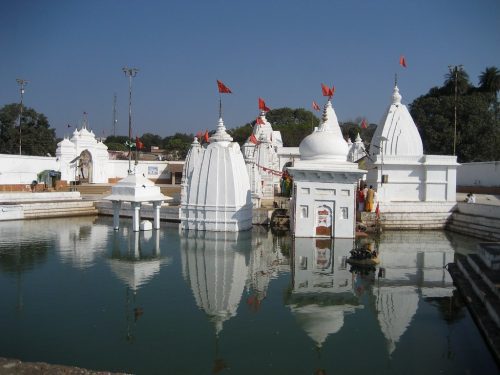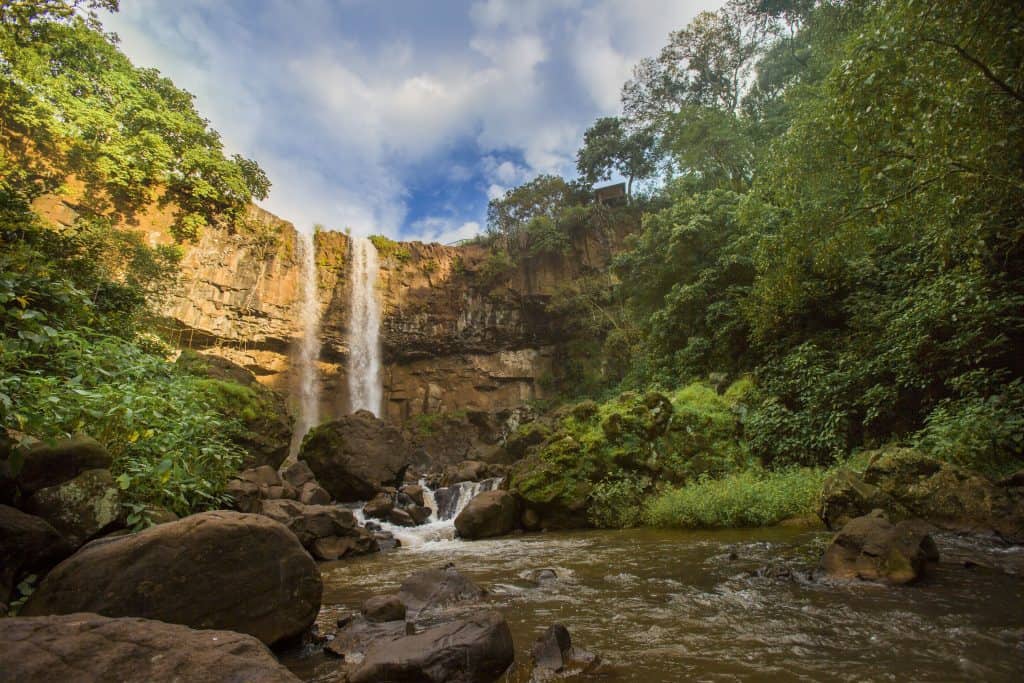Madhya Pradesh is into promoting Amarkantak – the divine offbeat destination known for the origin of Holy River Narmada.

Madhya Pradesh Tourism Board being one of the Tourism Boards aggressively promoting their offbeat destinations along with main tourism products. In this context now Madhya Pradesh is into promoting Amarkantak – the divine offbeat destination known for the origin of the Holy River Narmada.
Amarkantak
Situated in Madhya Pradesh’s Anuppur district is a well-known Hindu pilgrimage destination. Situated at an approximate elevation of 1000 meters, Vindhya, Satpura, and Maikal mountain ranges encircle the area with towering hills and thick forests, Amarkantak holds great ecological significance and is a part of the major biosphere reserve Achanakmar-Amarkantak.

Along with Narmada Amarkantak is also the origin source of River Son and Johila. Although the precise origin location of River Son is actually in the Chhattisgarh village of Kodawahi it is commonly believed that the river Son begins in Amarkantak and meets Arpa, which then unites with Shivnath before merging again to become Mahanadi.
Apart from the origin of Narmada Amarkantak is home to a large number of temples and shrines with a variety of purposes. The Group of Ancient Temples, currently protected by the Archaeological Survey of India houses all the archaeologically significant temples in one compound.
Madhya Pradesh Tourism Board aggressively puts its efforts into promoting these places and increasing its awareness among visitors. Although the remaining shrines have significant religious and pilgrimage value, numerous contemporary additions and renovations have obscured their original charm.
Narmada Udgam Temple
Although there is no hard proof that Narmada Mandir was built here, historical evidence points to Kadchuli as the builder sometime in the eleventh century. Rewa Nayak constructed Narmada Udgam Kund, the river’s birthplace (his idol provides the hint). Narmada Mandir was shaped after many years by Bhonsle, the ruler of Nagpur, and later repaired by Maharani Devi Ahilya.
The Narmada-kund Complex is a sizable temple complex that is home to the tank that is purported to be the river’s source.
The Narmada Udgam temple and the Narmada Mai temple are two temples that face each other and are joined by a mandapa.
Within the sanctum of both temples is a female deity; one has four arms and is holding a baby, while the other has eight arms. Though there are other smaller shrines within the complex honouring different gods, pilgrims are mostly drawn to these two temples for their reverence.
Karna Temple
The most significant temple in the group is Karna Temple.
The complex of three shrines is built on a platform that rises significantly.
Legends and customs have named the temple after the Kalachuri king Karnadeva (1041–1073). While some temples face North and South, the major temple faces west; the latter has only survived in ruins.
But since the other two shrines are the same, it stands to reason that the third shrine followed the same design and layout. All three of these temples were connected to a common square mandapa through different anatala corridors, as shown by the remnants of pillar bases; however, this common mandapa has not withstood the ravages of time.
Johila temple
This shrine faces north. This temple, like the others in the complex, is built over a tall platform. There is an antarala and a garbha-grha in the temple. According to the plan, the vimana is tri-ratha, with a plain and unadorned façade.

The shikhara rises in the form of a pyramid, much like a phamasana. Given the temple’s austere exterior and lack of ornamentation, it appears to be older than the others and was most likely built during the Baghela Empire’s rule over Gahora in the latter part of the 14th century CE.
Shiva Temple (also known as Machchendranath Temple)
This temple is situated north of the Vishnu temple and faces east. It is made up of a rectangle mandapa, antarala, and a square garbha-grha. The platform on which the temple is built is made up of three mouldings. The platform is shaped like the temple Vimana’s pancha-ratha design. In the vimana, adhisthana, jangha, baranda, and shikhara make up its vertical height.
There are three mouldings in the adhishthana. The bandhana molding divides the jangha into two tiers.
Niche spaces on both layers have been allocated to the centre bhadra-ratha offset. These nooks were designed to accommodate pictures, however they are currently vacant. Instead of having niches, the tiers on the other rathas are embellished with geometric and floral chaitya-window patterns.
Kapil Dhara
Kapil Dhara is a tiny stream that flows into a gorge following a 24 m drop down a vertical rock face. It is located around 6 kilometres away from the source of the Narmada River.
After autumn, the Narmada river widens. A small shrine has been constructed at this site to commemorate the ancient sage Kapil, who is believed to have performed intense penances in this location. It is believed that Narmada declined the sage Kapil’s request to stop flowing and instead cascaded into a gorge.
Dugdh Dhara
From Kapil Dhara, people hike one kilometre to Dugdh Dhara, the next Narmada waterfall. This walk is one of the most well-liked activities for tourists in Amarkantak. There are rough steps with untamed shrubs all around it. The Dugdh Dhara waterfall gets its name from the froth of water that resembles a stream of Dugdh (Milk).
Read more: News



